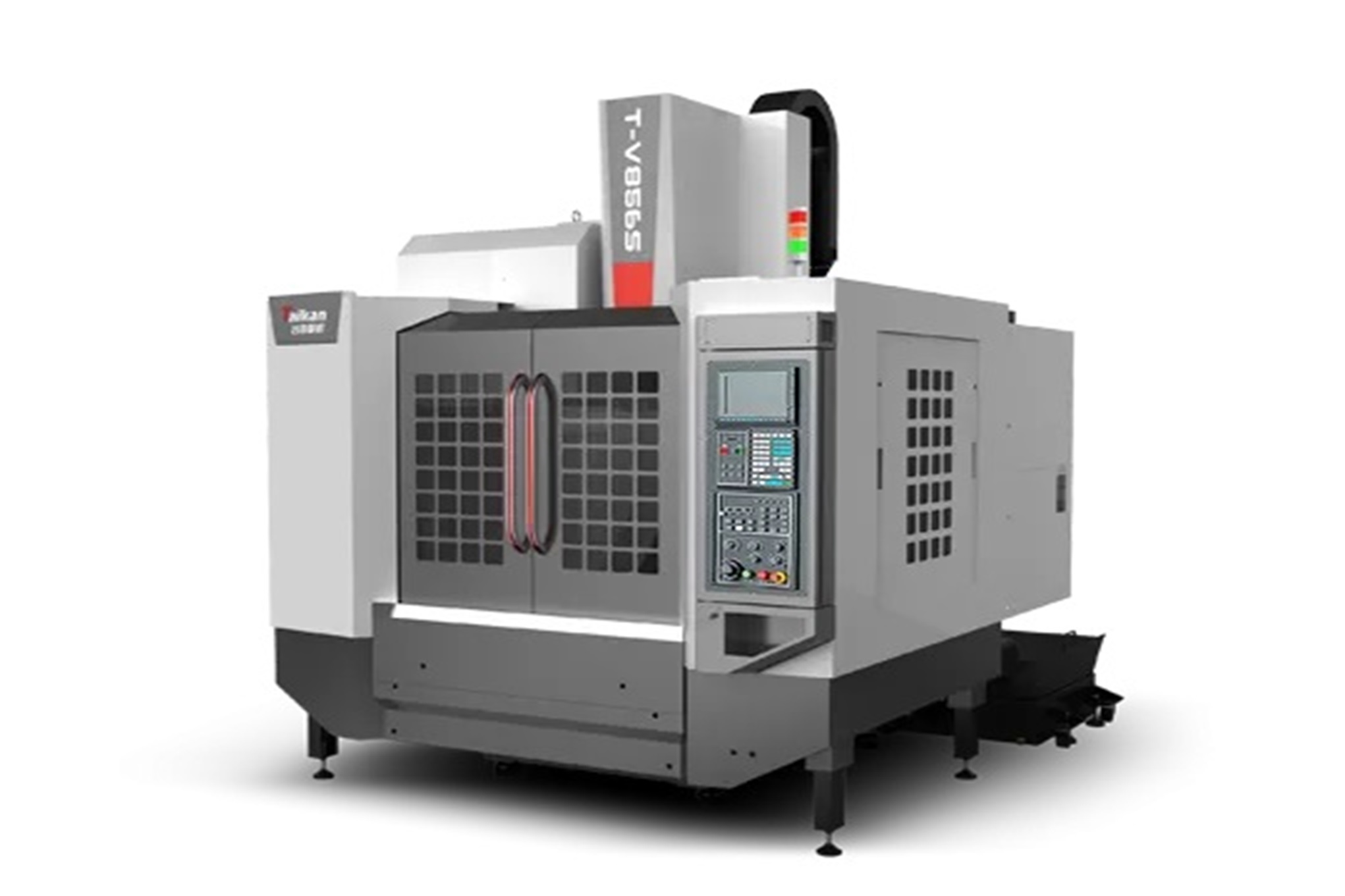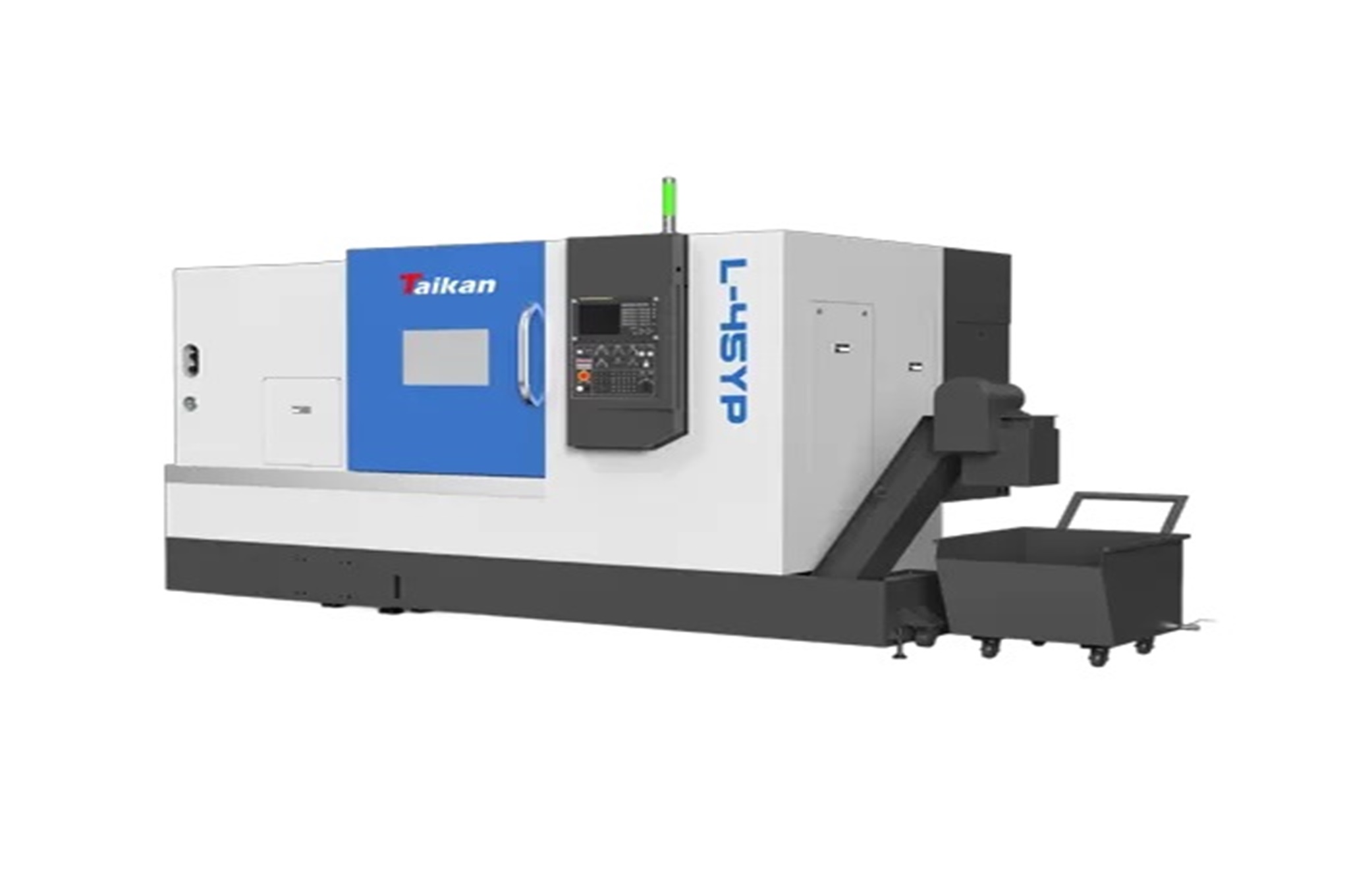In modern manufacturing, both CNC vertical lathe machines and CNC horizontal lathe machines play critical roles in precision machining. However, their structural configurations and operational advantages make them suitable for different applications. Taikan, a leading manufacturer of high-performance CNC lathes, offers both D-VL Series CNC vertical lathes and L-H Series CNC horizontal lathes, each engineered for specific industrial needs. Understanding these differences helps manufacturers select the optimal solution for their machining requirements.
Structural Design and Workpiece Orientation
The primary difference between a CNC vertical lathe machine and a CNC horizontal lathe machine lies in their spindle orientation. A vertical lathe holds the workpiece upright on a rotating table, while a horizontal lathe secures it in a horizontally mounted spindle. This fundamental distinction impacts stability and machining capabilities—vertical lathes excel in handling large-diameter, heavy, or short workpieces, whereas horizontal lathes are better suited for long, cylindrical parts. Taikan's D-VL Series ensures robust rigidity for wide components, while the L-H Series horizontal lathe machine achieves exceptional precision for slender workpieces.

Efficiency and Precision in Heavy-Duty Machining
When it comes to heavy-duty applications, CNC horizontal lathe machines offer superior stability for long shafts and rotating parts. Their gravity-assisted chip evacuation reduces downtime by preventing chip accumulation inside the machine. In contrast, CNC vertical lathes are ideal for face-machining large, flat components like gears and rotors, where the vertical setup enhances clamping consistency. Taikan's L-H Series ensures high-speed turning with minimal vibration, while the D-VL Series delivers exceptional accuracy in symmetrical part production.

Space Utilization and Manufacturing Flexibility
Floor space is a critical consideration in industrial setups. A CNC vertical lathe machine typically has a larger footprint due to its vertical configuration but is more accessible for loading bulky workpieces using overhead cranes. On the other hand, CNC horizontal lathes, such as Taikan's L-H Series, require less vertical clearance and enable seamless multi-axis machining in compact layouts. Manufacturers with space constraints may prefer horizontal lathes, while those handling massive components benefit from the ease of loading in vertical lathes.

Material Applications and Industry Suitability
Different industries demand specialized milling solutions. CNC horizontal lathes dominate sectors like aerospace and automotive, where long shafts, turbine rotors, and hydraulic cylinders require precise concentricity. The CNC vertical lathe machine, however, is common in energy and heavy machinery production, where large gear blanks or disc-shaped parts need stable face-machining. Taikan's D-VL Series supports high-torque roughing and finishing, while the L-H Series optimizes high-speed, continuous turning for mass production.

Choosing the Right CNC Lathe for Your Needs
Selecting between a CNC vertical and horizontal lathe depends on production volume, workpiece shape, and precision requirements. For manufacturers processing long, cylindrical components with tight tolerances, Taikan's L-H Series CNC horizontal lathe machine offers unbeatable efficiency. Conversely, shops handling large-diameter, heavy parts will benefit from the D-VL Series CNC vertical lathe's superior stability and ease of workpiece mounting.
Whether optimizing production lines for large-scale components or high-precision aerospace parts, Taikan provides CNC vertical and horizontal lathe machines tailored to industrial demands. With cutting-edge automation, intelligent control systems, and high-performance stability, Taikan ensures manufacturers achieve peak machining efficiency.
By understanding the strengths of each machine type, manufacturers can make informed decisions to maximize productivity while maintaining precision and cost efficiency.

All of Taikan’s machines are ISO-certified and engineered for high precision. Built under rigorous quality standards, they ensure reliable, accurate machining—earning the trust of global clients who demand consistent excellence. Welcome to contact us!

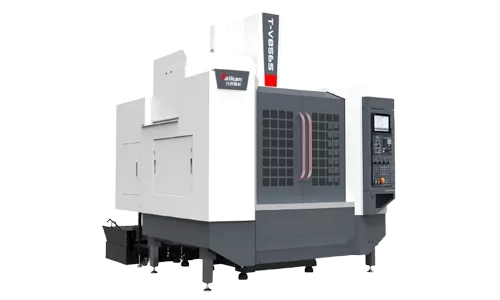
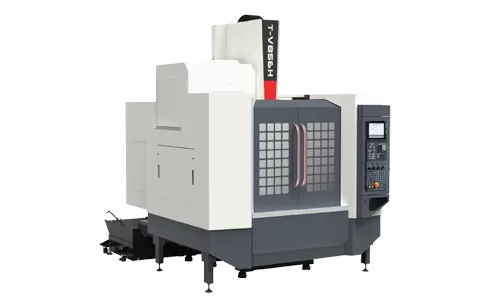
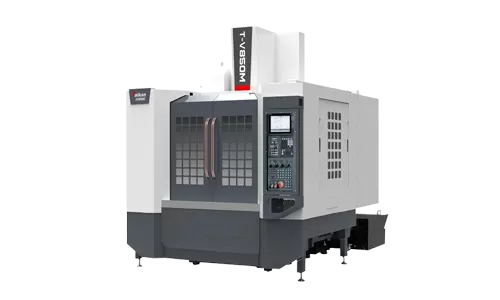
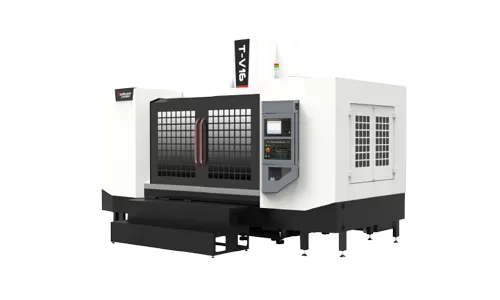

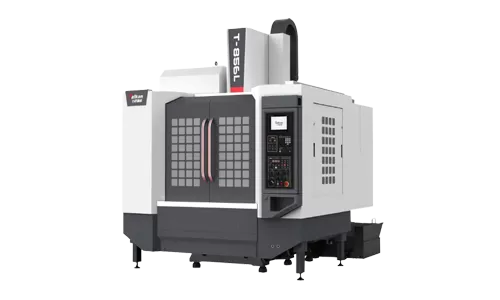

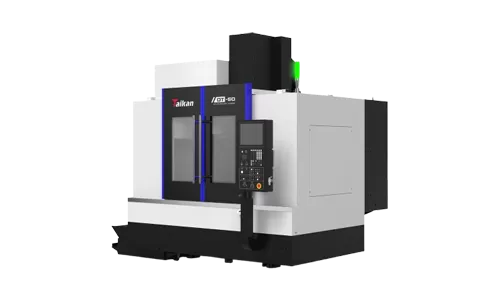

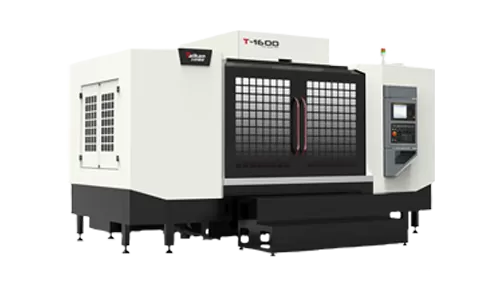
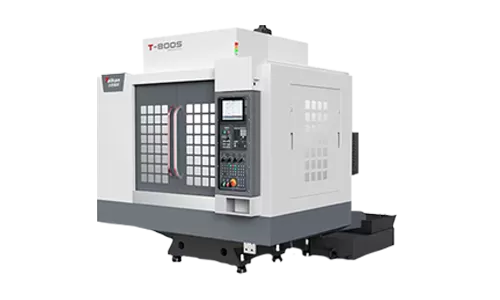
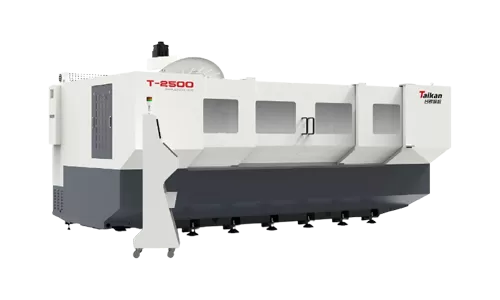


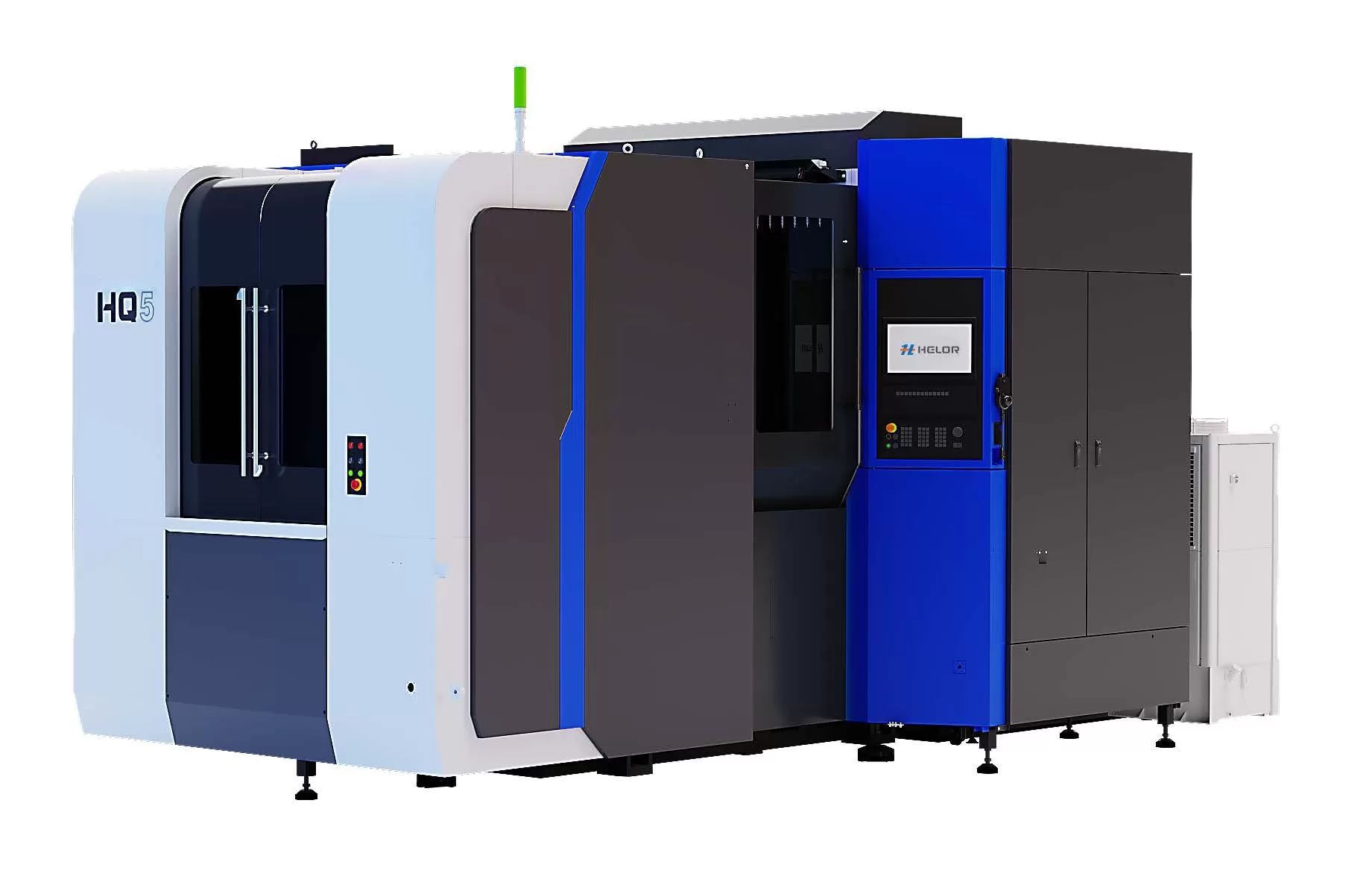
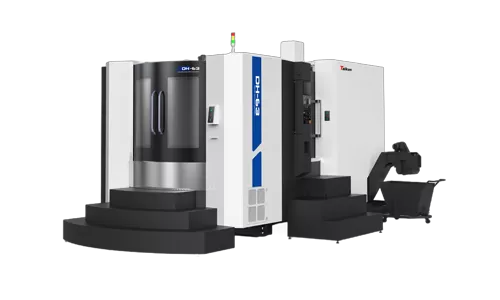

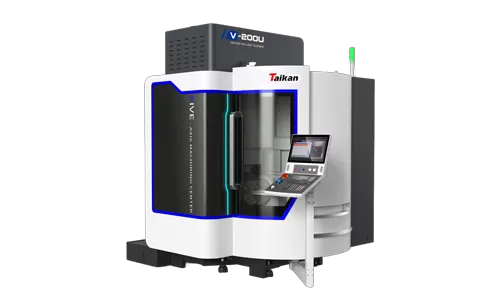

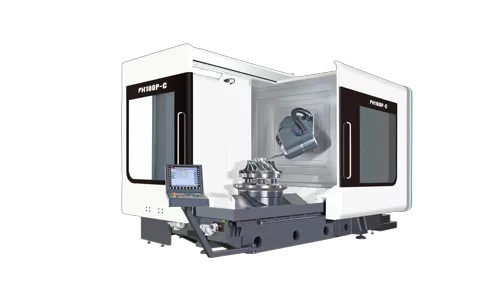
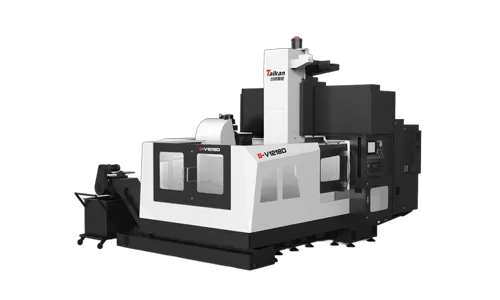
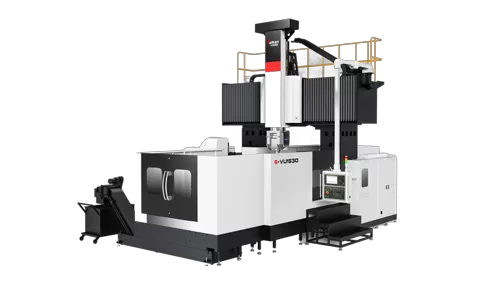

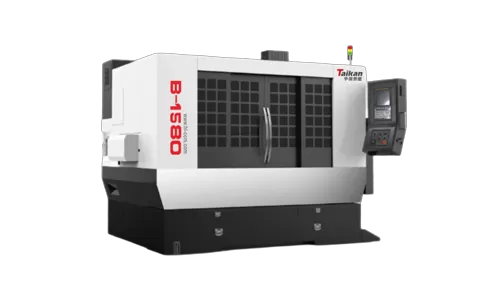

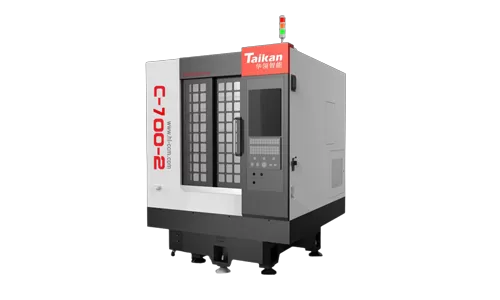
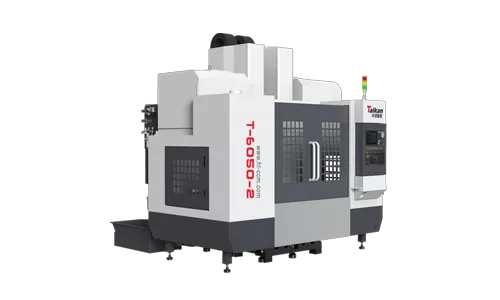
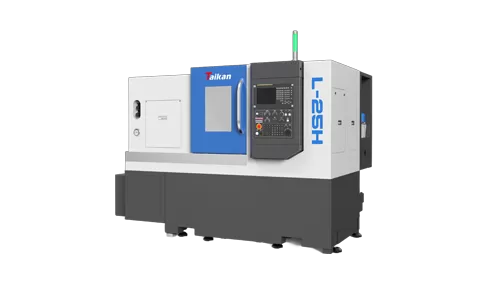



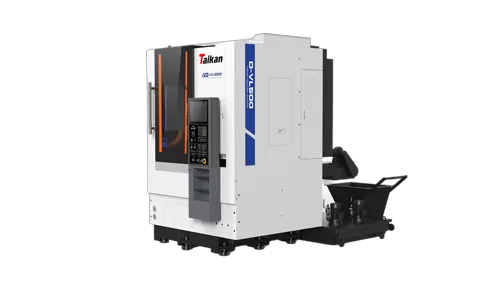
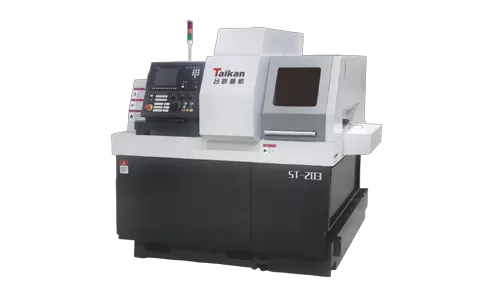
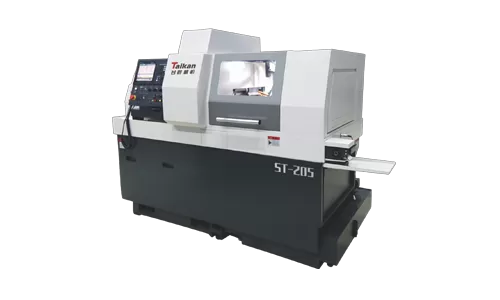
 Vertical Machining Center Drilling and Milling Machining Center Profile Machining Center Horizontal Machining Center 5-Axis Machining Center Gantry Machining Center CNC Multi-Head High-Speed Machining Center CNC Lathe CNC Swiss-Type Automatic LatheS series Standard Edition with 3-Axis Linear Guide Rails H Series Advanced Edition with 3-Axis Linear Guide Rails M Series Excellent Rigidity T-V Series Light Cutting W Series Hub Machining L Series Two Rails and One Hard Rail T Series 3-Axis Hard Rail DT Series High Precision Vertical Machining CenterB Series Drilling & Milling Machining Center S Series Drilling & Milling Machining Center SE Series Drilling & Milling Machining CenterT Series Moving Column Type & BT30 (Tilt-Disc Tool Magazine) V Series Moving Column Type & BT40 (Tilt-Disc Tool Magazine)T-H11 Horizontal Machining Center HQ5 High Rigidity Horizontal Machining Center DH-63 Horizontal Machining Center DH-100S Horizontal Machining CenterV-U Series Vertical 5-Axis Machining Center T-U Series 5-Axis Tapping Machining Center FH Series 5-Axis Milling and Turning Machining CenterG-V Series 3-Axis Linear Guides G-VU Series 5-Axis Gantry Machining Center G-BU Series Bridge 5-Axis Gantry Machining CenterSingle-Head High-Speed Engraving Machining Center Multi-Channel High-Speed Machining Center Multi-Head High-Speed Engraving Machining Center Multi-Head Vertical Machining Center
Vertical Machining Center Drilling and Milling Machining Center Profile Machining Center Horizontal Machining Center 5-Axis Machining Center Gantry Machining Center CNC Multi-Head High-Speed Machining Center CNC Lathe CNC Swiss-Type Automatic LatheS series Standard Edition with 3-Axis Linear Guide Rails H Series Advanced Edition with 3-Axis Linear Guide Rails M Series Excellent Rigidity T-V Series Light Cutting W Series Hub Machining L Series Two Rails and One Hard Rail T Series 3-Axis Hard Rail DT Series High Precision Vertical Machining CenterB Series Drilling & Milling Machining Center S Series Drilling & Milling Machining Center SE Series Drilling & Milling Machining CenterT Series Moving Column Type & BT30 (Tilt-Disc Tool Magazine) V Series Moving Column Type & BT40 (Tilt-Disc Tool Magazine)T-H11 Horizontal Machining Center HQ5 High Rigidity Horizontal Machining Center DH-63 Horizontal Machining Center DH-100S Horizontal Machining CenterV-U Series Vertical 5-Axis Machining Center T-U Series 5-Axis Tapping Machining Center FH Series 5-Axis Milling and Turning Machining CenterG-V Series 3-Axis Linear Guides G-VU Series 5-Axis Gantry Machining Center G-BU Series Bridge 5-Axis Gantry Machining CenterSingle-Head High-Speed Engraving Machining Center Multi-Channel High-Speed Machining Center Multi-Head High-Speed Engraving Machining Center Multi-Head Vertical Machining Center
 es
es  pt
pt  ar
ar  tr
tr  fr
fr  de
de  it
it  th
th  vi
vi  pl
pl  ms
ms  hi
hi  id
id  kk
kk 





